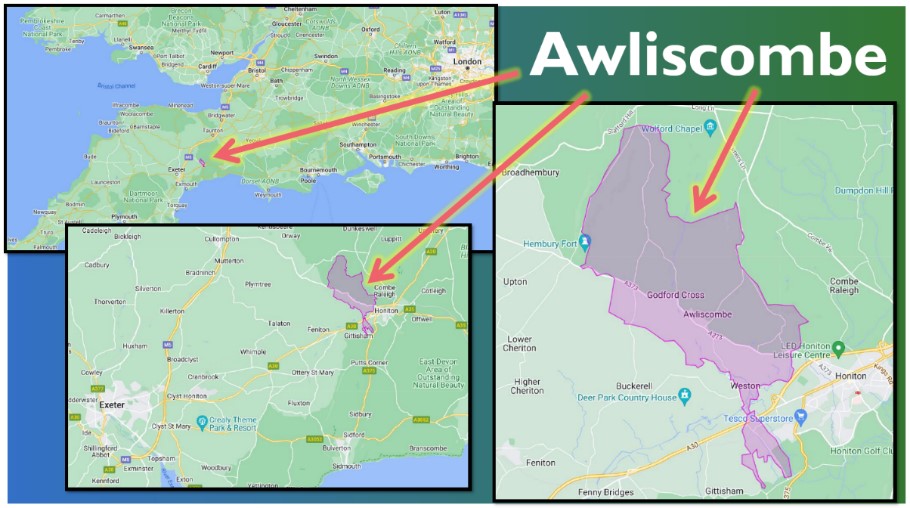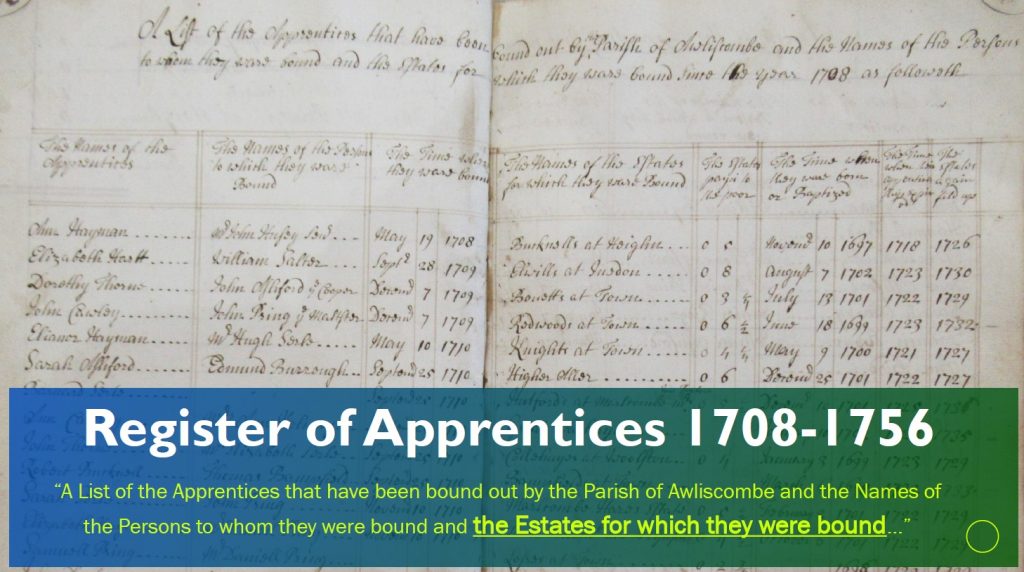JAMES FISHER
I. Labour Allocation Schemes
The fundamental problem with parish apprenticeship,1 in the eyes of the Poor Law Commissioners in the 1830s, was that it was effectively just another labour allocation scheme, directly analogous to the Labour-Rate system. A host of ‘evils’ resulted from this ‘undue interference with the market of free labour’, which compelled rate-payers to provide employment for poor youth. A diverse range of such schemes for apportioning pauper children – many of them highly elaborate – were detailed in the 1836 Report for counties including Devon, Somerset, Herefordshire, Suffolk and Norfolk.2
Yet we know very little about their prior history. A number of historians have noted schemes that operated by rota or ballot, but have shown little interest in them.3 Why is this? Because the economics of parish apprenticeships tend to be analysed at the level of individuals or in the aggregate, but rarely at the level of the parish. Methodologically, this is encouraged by the fact that our core records are indentures (the contracts), which present a series of discrete, seemingly disconnected events, from which statistical data is easier to extract than links between individual bindings. Theoretically, our understanding has been impeded by the unfortunate and widespread habit of automatically applying a market analysis to all economic phenomena, despite the fact that parish apprenticeships did not operate as or within a labour market (their labour had no price to be determined by the balance of supply and demand).
To understand the economics of parish apprenticeships our analysis needs to go beyond the frameworks of the household and the market economy.
II. Case Study: Awliscombe Parish

The following presents a case study from the rural parish of Awliscombe (population ~400) in Devon from c.1669-1750. All children were bound to either ‘husbandry’ or ‘huswifery’, i.e. farm service. Here are some key figures:
• 158 = total number of children bound
• 2 = average number bound per year
• approx. ¼ of all parish-born children bound
• 1:1 gender ratio
• 9 = average age at which children were bound
A surviving register from 1708 shows that children were not simply bound to farmers on an ad hoc, case-by-case basis, but allocated according to a carefully organised rota system. Apprentices were bound in rotation to the current occupier of each property assessed at or above 2 pence (or rental of £10 a year). Between 1708 to 1746 the apprenticeship scheme went through two full rotations, the first of which allocated children to 53 different farms in turn over a period of 18 years. The scheme was clearly designed to distribute poor children evenly among the majority of rate-payers – no doubt initially as a burden to maintain.

Who organised and administered this scheme? In most studies, the rate-payers, parish officers (Churchwardens and Overseers of the Poor) and masters are all treated as entirely separate groups of actors with distinct motivations. But in Awliscombe the apprenticeship rota system encompassed roughly the same landholdings as the rotation for the parish offices, such that there was significant overlap. In fact, during 1704-1749 a remarkable 91% of the key officer roles were filled by men who were also named as a master to an apprentice at some point. And roughly 60% of masters also served as a parish officer at some point. Hence being a master to an apprentice was effectively serving another parish office role.
We can add another layer to this picture. The key decisions about the scheme were made at meetings of the parish vestry, the central governing body of parish affairs. For the period 1728-1749 I have cross-referenced the names of 52 masters with the names of vestry members and parish officers. While this is only a small sample period, the pattern is indicative of the organisational structure. There was essentially a single body of rate-payers, involved in the scheme to different degrees, allocating children to each other. We can roughly divide them into three overlapping groups:
1) ‘Governors’: At the core were the main policy makers who dominated the vestry and most frequently took apprentices. This was the parish oligarchy; the most prosperous yeoman or tenant farmers and the highest resident rate payers.
2) ‘Administrators’: Outside the core was a larger group primarily serving as officers administering the scheme, but who did not wield influence through the vestry.
3) ‘Participants’: At the periphery were those who filled roles as masters, but never served as parish officers nor exerted control as vestry members. This mixed group included women who took apprentices but were excluded from formal governing roles.
It is clear from this organisational structure that there was no meaningful distinction between the state and employers. Instead, it was a collectively managed scheme that was dominated by a governing elite but whose administration and participation was relatively widespread.
III. Conclusions
What are the implications?
First, the labour of parish apprentices appears to have been managed as a common resource belonging to the parish, which goes against the assumption that parishes simply wanted to off-load the burden of these children to neighbouring parishes. Second, it makes little sense to examine the motives of masters as if they were individual employers making a voluntary arrangement in a labour market (e.g. whether they had some use at that moment for a young child helping out around the farm). What mattered was that each master was part of a class of landholders, who in their various roles as local employers, rate payers and parish administrators had a collective interest in controlling the labouring poor. Third, it is important to recognise that masters were not exercising a purely economic power over their young apprentices, but a combined economic and political power.
In summary, the economics of compulsory apprenticeship in this case study cannot be fully explained by reference to the institutions of the household or the market, nor in terms of national legislation, but only at the level of the community. The parish economy had a logic of its own.
James Fisher is a Postdoctoral Research Fellow at the University of Exeter, part of the ‘Forms of Labour’ project. He is currently researching how the poor laws and labour laws intersected in early modern England through a study of pauper apprenticeships. His first book, titled ‘The Enclosure of Knowledge: Books, Power & Agrarian Capitalism in Britain 1660-1800’, is published with Cambridge University Press.
Footnotes
1 Parish (or pauper) apprenticeships were established by the Poor Laws of 1598 and 1601 and gave local parish officers (with the consent of two magistrates) the power to bind poor children of any age (usually between 7-14) as “apprentices” to another household to serve unpaid until the age of 21 for girls and 24 for boys.
2 Second annual report of the poor law commissioners for England and Wales (London, 1836); especially Appendix B, No. 1, 9, 10, 14. Quote from p.355.
3 For example, see Joan Lane, Apprenticeship in England, 1600-1914 (1996), p.23, 75-76; F. H. Hinton, ‘Notes on the Administration of the Relief of the Poor of Lacock 1583– 1834’, Wiltshire Archaeological Magazine, 49 (1940–2), 183-84. A rare brief account from another Devon parish: Sarah Child, ‘Parish Apprentices in Rackenford, 1728-1844’, Rep. Trans. Devon. Ass. Advrnt Sci., 136, p.141-144.
